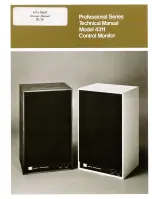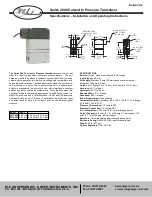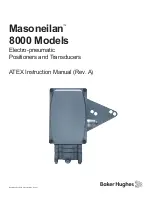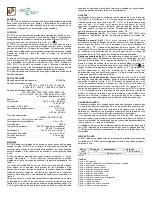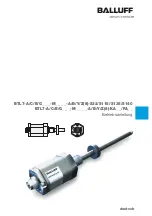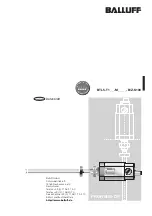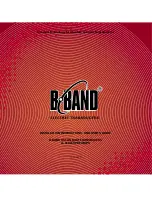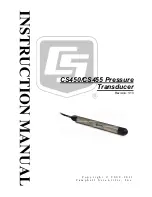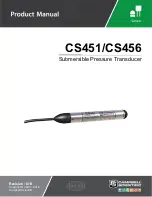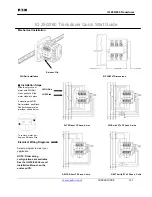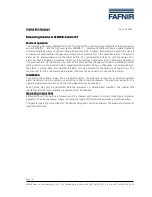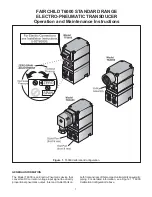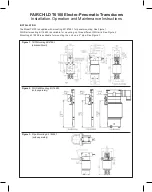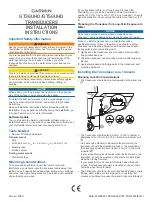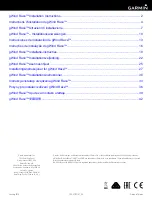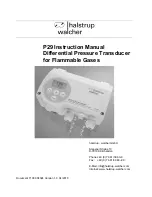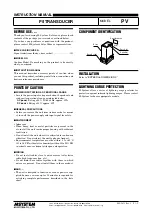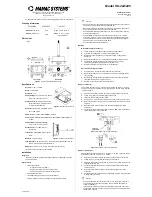
Appendix B. ST350 Accuracy Verification
BDI addresses strain measurements on reinforced concrete is to use gage
extensions, effectively amplifying the strain over anywhere from two to
eight gage lengths, then taking an average. We accept the idea that
concrete strains are not as accurate as those taken on steel structures, and
attempt to maximize the accuracy with the gage extensions. This approach
amplifies the signal, thus also improving the signal to noise ratio. With a
gage length that is too short, stress concentrations, micro-cracking, or local
effects might have an unusually large effect on the measurements.
For reinforced concrete structures (non pre-stressed or post tensioned),
because of the margins of unknowns in concrete modulus, load
magnitudes, placement of reinforcement, etc., in general, we prefer not to
use measurements where the maximum strain is less than about 30
microstrain if we are making conclusions based on the magnitude of strain.
(Note that 2
με
is almost 10% of a 30
με
peak). This translates into only
about 100 psi in concrete and 1 ksi in steel, which is really quite accurate
for analytical modeling and load rating reinforced concrete structures. For
these types of structures, numbers that are claimed to be more accurate are
probably suspect. Using the transducers on pre-stressed concrete will
usually provide excellent measurements, not only because there shouldn't
be any cracking, but the concrete modulus usually tends to be more
uniform.
5)
Under no circumstances should loads be applied directly to the strain
transducer. The transducers are designed with a very flexible geometry.
This enables large strains to be measured with little axial load being
transmitted through the transducer. Therefore, when testing typical
structural members, the stiffness of the transducer is inconsequential. The
transducer is intended to provide a measure of strain; it is not a load cell.
B.1.7 Other Considerations
Excitation Voltages and Electronics:
It is recommended that the Wheatstone bridge excitation voltage stay at or
below 10VDC for these sensors. Higher voltage levels can cause drifting and
stability problems in the 350
Ω
foil gages in the transducers. The ST350
Structural Testing System uses 5VDC with very good results. A good
discussion on this topic is provided in Tech Note 502 entitled "Optimizing
Strain Gage Excitation Levels" available from Micro-Measurements. It is also
best to use a high-impedance measuring device, something that Campbell
Scientific data acquisition systems offer. If extension cables are added,
remember that these can add a slight amount of offset and possibly some signal
attenuation. Allowing the electronics and the gages to warm up for several
minutes is also recommended. A small amount of drift will be detected as the
gages warm up, but should stabilize in under several minutes.
Measuring the Applied Strain or Load:
Often, the output of a strain gage-based load cell is used in a testing machine as
the basis for comparisons in tension/compression tests. However, we have
found that many of these units may not have been NIST-calibrated for years
and may be producing inaccurate results. If a gage is manually read for
hydraulic pressure, then the result will be sensitive to jack friction. Also, if
stress and strain are being calculated (
σ
= E
ε
,
σ
= My/I, etc.), then accurate
measurements of the cross-sectional areas are required.
B-4
Summary of Contents for ST350
Page 6: ...Section 1 Introduction 1 2...
Page 8: ...Section 2 Specifications 2 2...
Page 12: ...Section 3 Sensor Alignment and Installation 3 4...
Page 22: ...Section 5 Mounting of Sensor to Various Surfaces 5 8...
Page 24: ...Section 6 Calibration and Validation 6 2...
Page 28: ...Section 7 Maintenance Replacement Parts and Repairs 7 4...
Page 32: ...Section 8 Datalogger Programming 8 4...
Page 44: ...Appendix B ST350 Accuracy Verification B 6...
Page 49: ...This is a blank page...
























